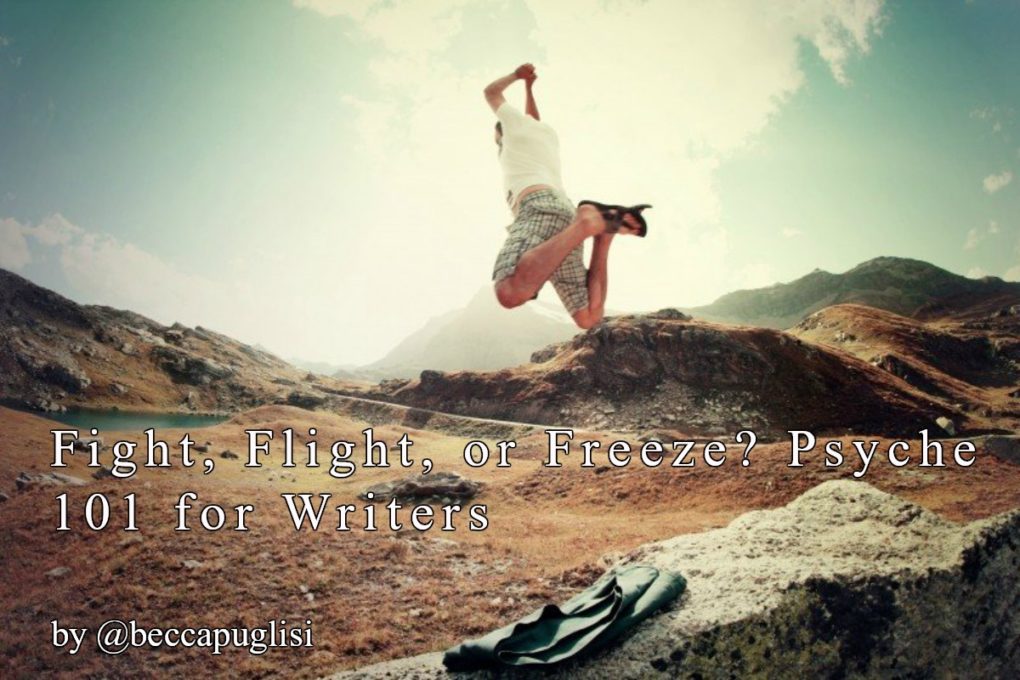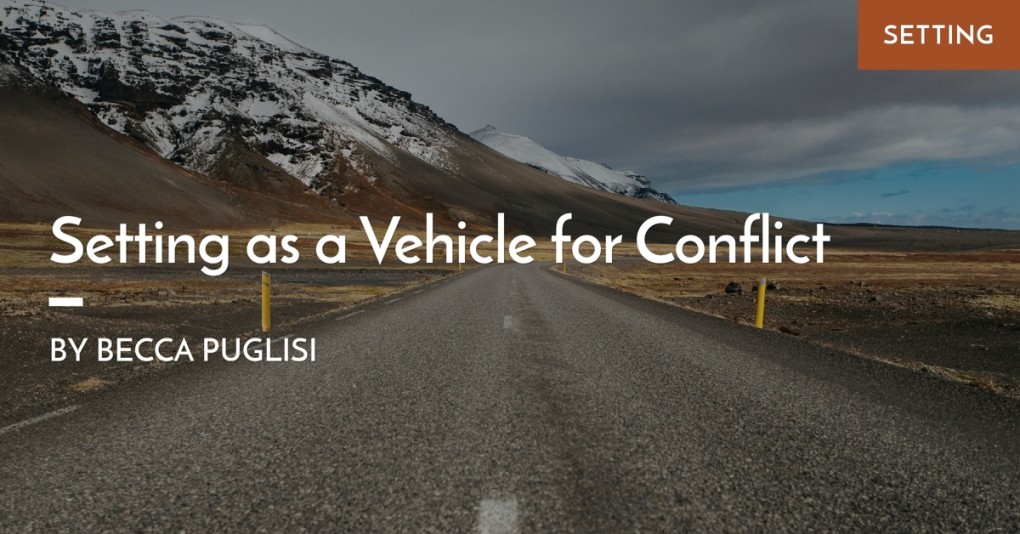by Becca Puglisi, @beccapuglisi
Fight or flight.
I think we’ve all heard this phrase. It refers to the way each person is hard-wired to respond to real or perceived danger. Psychologists have recently added another option, giving us three ways we might respond to threats: we fight back, we flee, or we freeze up. This happens in life-or-death situations, but it also occurs on a smaller scale whenever we feel endangered:
- At the mall, when you see someone who mistreated you in the past
- At work, when the boss criticizes your work
- At a party, when a friendly conversation takes an uncomfortable turn
- At school, when you hear an ugly rumor someone has started about you
So whether the situation is potentially fatal or just a little threatening, you’re going to respond in one of those three ways. What does that look like? Here are few possibilities that cover a range of intensity:Continue reading



